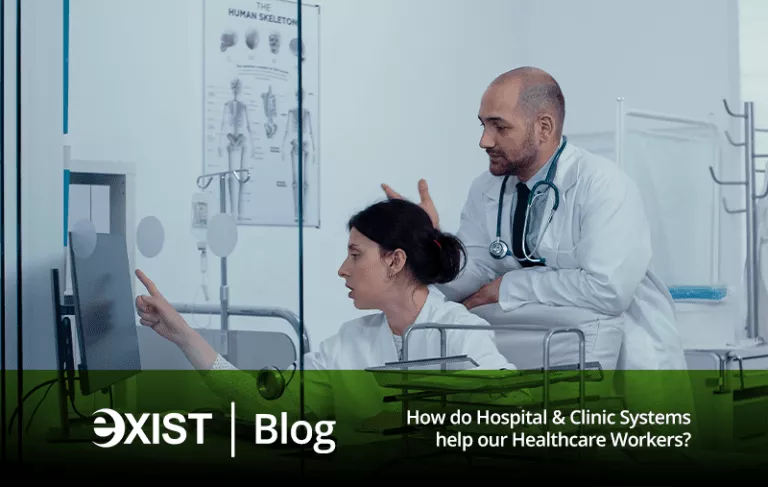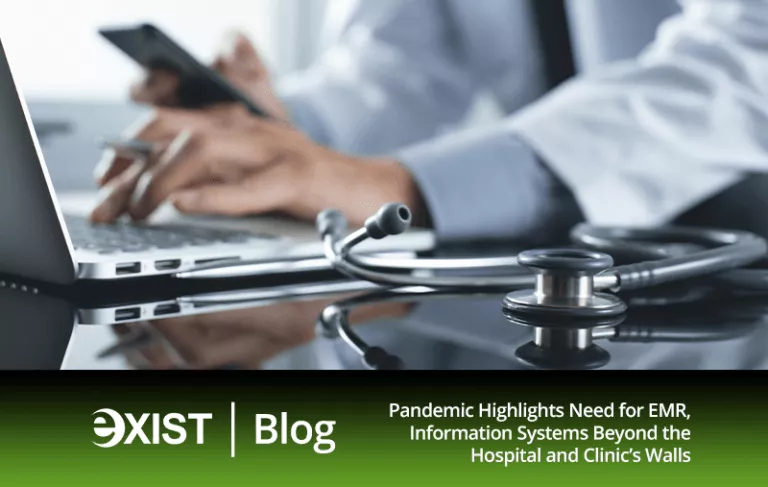By this time, we all know that hospital and clinic systems are very helpful whenever it comes to patient care. Being able to know the patient’s medical history, allergic reactions, and previous prescriptions is very helpful in making sure that our healthcare workers can provide the best care possible. Since the landscape of Healthcare IT is continuously evolving, we should know how do hospital and clinic systems help our healthcare workers.
How Do Hospital and Clinic Systems Help Our Healthcare Workers in 2022?
Most of us take for granted the importance of hospital and clinic systems in achieving quality patient care. However, no one can argue that to provide the best care possible, doctors and nurses require valuable medical information like medical history, allergy information, medications, and other clinical data.
But these systems not only benefit patients, it also helps our healthcare workers making them more successful in the work they do which is saving lives!
During this time of the pandemic, our healthcare workers are front liners – leading us in the battle against COVID-19. Knowing that, isn’t it important that we also protect them? It is possible that some patients have been consciously hiding information from their care team that could potentially put them at risk. Some have been diagnosed positive for COVID-19 yet don’t feel the need to disclose it to their physicians. Whatever their reasons, these actions put healthcare workers at risk.
So how do Hospital and Clinic Systems Help our Healthcare Workers?
Knowing the Patient History
Knowledge about the patient’s history and previous conditions that could affect their current state. It also helps them by being able to avoid drugs that had already shown adverse reactions on the patient. The efficiency of patient care also increases because redundant tests will be avoided.
In relation to the current pandemic, being able to know the patient’s history could help in determining the current causes of their illnesses, which could lead to knowing if it is COVID related or not.
Misreading of Prescriptions or Previous Notes
With EMRs, everything is digitally transcribed. A 2007 study in US showed that when hospitals started using EMRs, there was a 66% drop in prescription errors. Thousands of medication errors were recorded yearly due to a very simple factor – illegibility of handwriting.
Support Tools
Having a hospital or clinic system that has support tools has a great effect on patient outcomes. Some examples of support tools are drug referencing tools and evidence-based decision support tools, such as Lexicomp and UpToDate by Wolters Kluwer. By being able to look at previous studies, evidence, and drug approaches, physicians and clinicians will be able to have a more efficient, effective, and holistic view of the patient’s recovery plans.
A survey done in 2020 with 14,137 participants showed that 98% of them are satisfied with UpToDate and that they trust UpToDate as a point-of-care clinical information resource. 96% of them believed that UpToDate improves the quality of care they can provide. 90% said that using UpToDate saves them time. 88% made changes to their patient management, and 86% believe that UpToDate has led to more appropriate diagnostic testing. ‘’
Now that COVID is mutating faster than we can cope, having a support tool that is updated by professionals around the world gives our healthcare workers the edge to make sure that they and their patients are safer.
Telemedicine Module
Another emerging tool for our healthcare workers is the option to do consultations virtually. With widespread internet and affordable devices, geography poses no issue anymore. Telemedicine provides doctors and their patients an immediate and more convenient way of doing consultations. Because of the risks posed by COVID-19, it is definitely safer not only for the patients who have to travel, but also for the physicians and clinicians as it drastically reduces the number of in-person appointments. Despite its limitations of not being able to perform close examination crucial to some specializations, the benefit of remote consults will benefit healthcare workers as it helps reduce the spread of infections.
Hospital and Clinic Systems Do Help.
We could go on and on about answering the question “How Do Hospital and Clinic Systems Help our Healthcare Workers in 2022?” and discuss the many benefits of these systems, but it all boils down to answering the question. Does it do good for patients and healthcare workers alike?
Learn more about Hospital and Clinic Systems. Schedule a demo now.
Check Out Our Insights on Digital Healthcare
Click the button to learn more.


